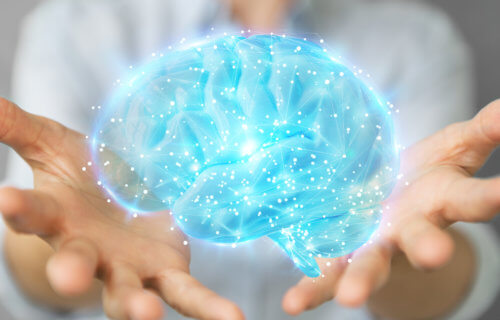SYDNEY — Scientists have developed a mathematical model that reveals how the human brain interprets vision with extraordinary accuracy and speed—something that machines have yet to fully achieve. This could pave the way for advancements in fields ranging from artificial intelligence to clinical neurology.
We all know how annoying it can be to enter a series of letters or identify fire hydrants in a series of images when we come across a CAPTCHA security measure online. While it’s usually easy for humans to complete these tasks, machines struggle with them. Why? The researchers argue it’s because the human brain is naturally skilled at something called Bayesian inference.
In simple terms, Bayesian inference is a way of making educated guesses based on previous knowledge. For instance, if you’ve seen a dog before and then encounter a furry, four-legged animal, you’d probably guess it’s a dog. This method helps humans interpret their surroundings quickly and precisely.
The Australian research team examined volunteers’ neurological activity while they viewed displays designed to trigger specific visual processing signals in the brain. Using this data, they created mathematical models to understand how the brain makes sense of what it sees.
“Despite the conceptual appeal and explanatory power of the Bayesian approach, how the brain calculates probabilities is largely mysterious,” explains senior investigator Dr. Reuben Rideaux, from the University of Sydney’s School of Psychology, in a statement. “Our new study sheds light on this mystery. We discovered that the basic structure and connections within our brain’s visual system are set up in a way that allows it to perform Bayesian inference on the sensory data it receives.”

Greater understanding of the brain yields countless benefits
This finding confirms that the human brain is inherently designed to perform this advanced form of processing, which allows us to understand our environment more effectively. Not only does the study validate existing theories about the brain’s capabilities, but it also opens new avenues for research and innovation.
“Our research, while primarily focused on visual perception, holds broader implications across the spectrum of neuroscience and psychology,” Dr. Rideaux said. According to him, understanding how the brain processes sensory information could revolutionize fields from machine learning, where mimicking such brain functions can lead to smarter AI, to clinical neurology, potentially offering new strategies for medical treatments in the future.
In a nutshell, the study moves us closer to understanding the incredible processing power of the human brain, and how it can be harnessed for benefits across various medical and scientific fields.
The research was conducted by experts from the University of Sydney, University of Queensland, and the University of Cambridge. Findings are published in the journal Nature Communications.

It’s something elites have struggled to crush in everybody else. Will they now succeed?